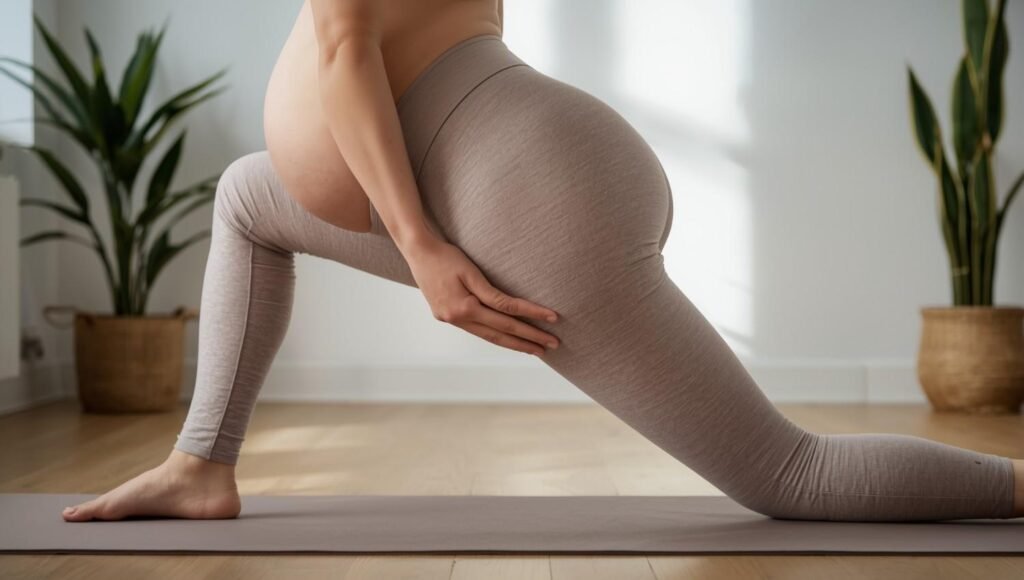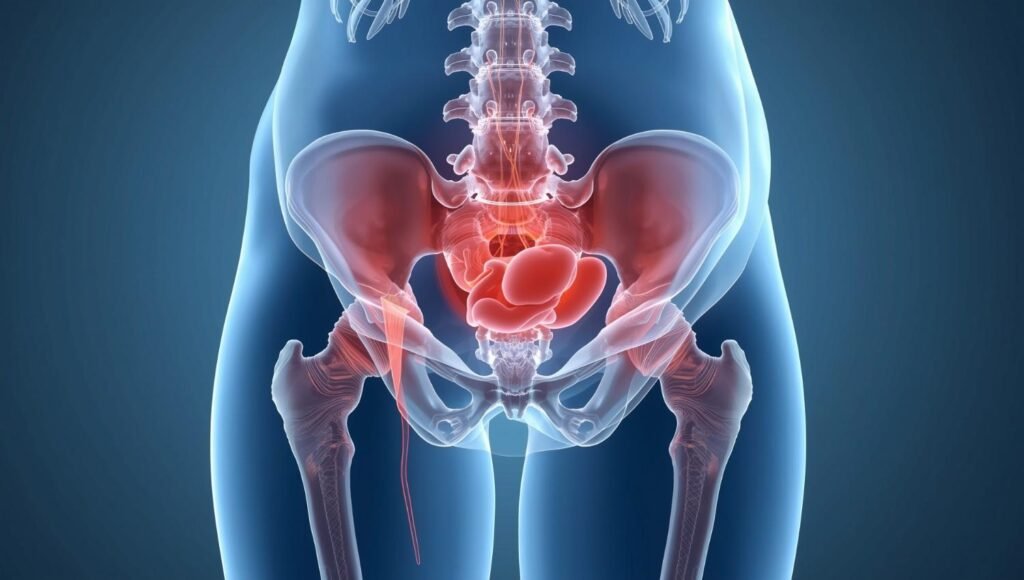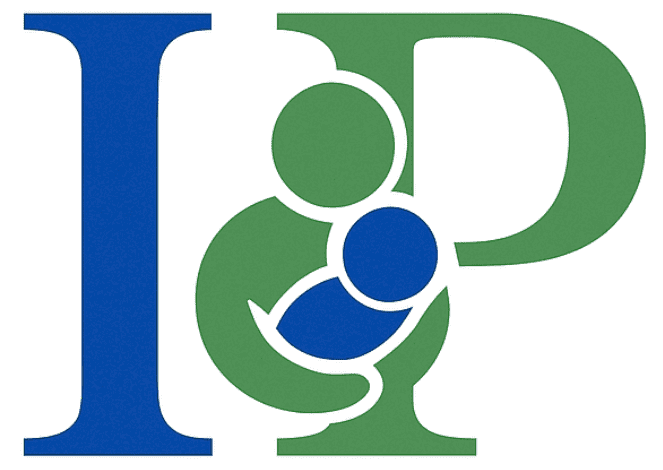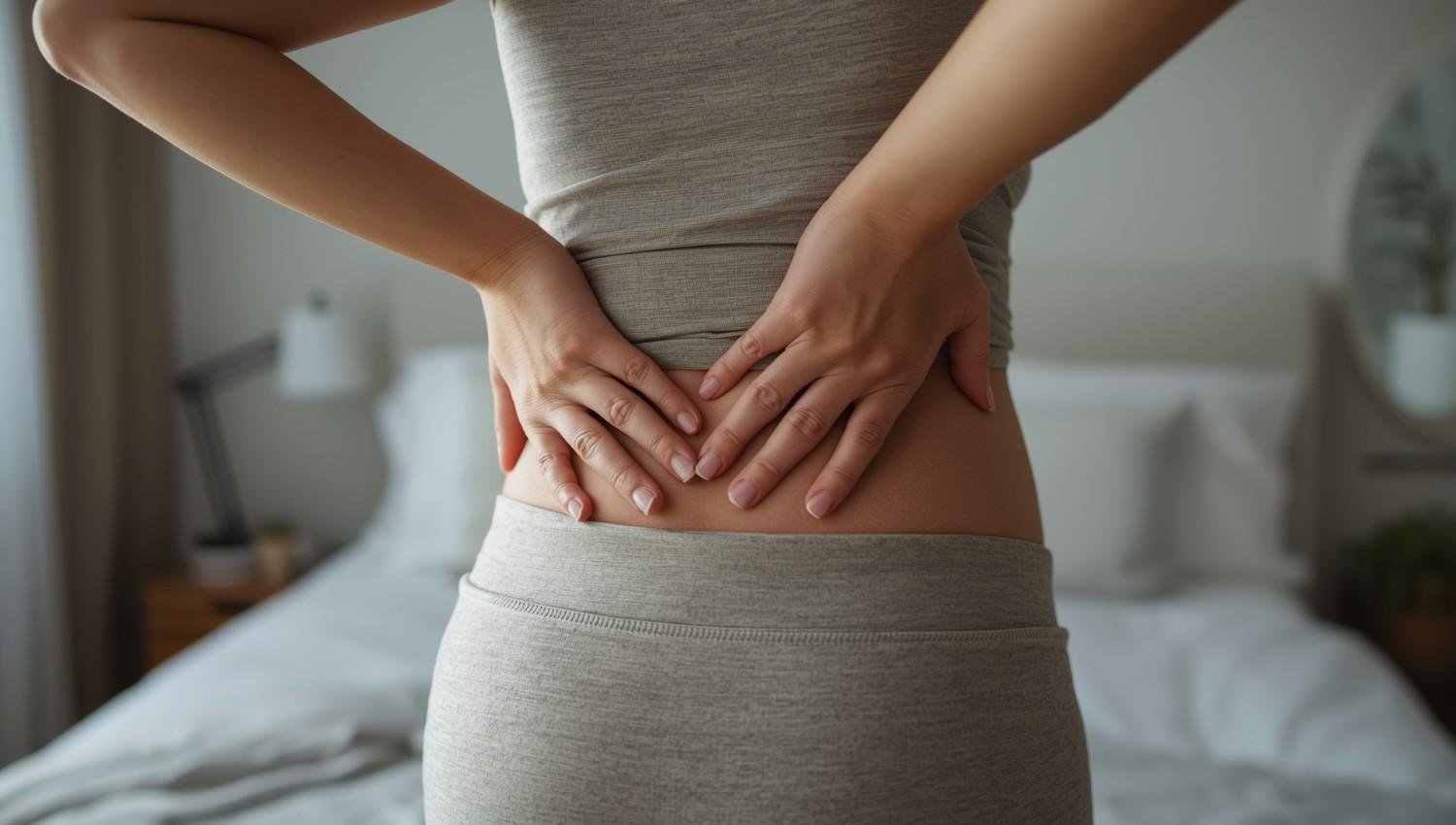Introduction
During pregnancy, a female experiences remarkable hormonal and biomechanical changes in her body. These shifts, though natural, often bring musculoskeletal problems such as lower back pain, swollen feet, and overall body aches. At Obstetrics & Gynecology Associates of Hampton (OB/GYNs), many pregnant women seek treatment for hip pain that becomes more noticeable as the baby and fetus grow through the trimesters. As a healthcare professional, I’ve often seen how mechanical stress from added weight and hormone levels affects the hip, knee, and joints, especially in the third trimester. This joint stress and joint laxity caused by hormonal shifts can lead to debilitating hip pain, making it hard for women to walk or rest comfortably.
From personal experience with expectant patients, the key lies in early awareness and consistent self-care. Gentle home remedies and exercises can help minimize pain and improve posture, especially when started during the second trimester. A doctor may recommend specific steps to manage hip joint pain, including gentle exercises that reduce tension in the pelvic girdle. Some women find relief as the pregnancy nears its end, while others need more tailored treatment to prevent complications. The pain may feel dull, sharp, or come on gradually or suddenly, but with proper guidance, every woman can manage her condition and move toward birth with confidence and comfort.
1. Five Home Remedies

When pain becomes severe or limiting, visiting a chiropractor or physical therapist for a professional evaluation can make a difference. As a pregnant woman myself, I learned that small home steps can truly help you feel better—whether it’s stretching gently, changing posture, or simply listening to your body’s signals when rest is needed.
Yoga
Yoga is one of the most effective ways to find relief from hip pain during pregnancy. Through stretching that helps loosen tight hips, gentle exercise builds strength without strain. Focus on low-impact forms and skip hot yoga. Always inform your instructor in classes or online videos created by certified instructors who design sequences and poses for back and hip issues during pregnancy.
Cow Pose
In the cow pose, get into a position on all fours with knees hip-distance apart, hips above shoulders, and wrists, lowering your belly toward the mat while arching the spine. Return to a neutral position, repeat, and move around as it feels most natural to you—this keeps the hips flexible and muscles relaxed.
Child’s Pose
Starting from the cow, tuck your toes, stretch your arms, and push your hips back. Keep your knees apart, rest your head on the ground, a yoga block, or a pillow, and gently rock forward and backward in this position to calm tension and open the lower body.
Bound Angle Pose
Sit in a seated position, bending your legs into a butterfly so the soles of your feet are touching. Support your hip bones with a blanket or bolster to lift the belly and create room for breathing. Bring your hands forward, keeping your spine erect, and avoid any curve to ensure proper alignment and comfort.
2. Other Exercises
During pregnancy, doing physical therapy moves at home can provide much-needed relief. As a mother-to-be, I found that gentle stretches helped loosen tension and ease discomfort, especially when guided by a therapist’s advice. Building a consistent routine at home keeps the muscles flexible and supports posture, making daily activities easier and safer.
Pigeon Pose
Start on your hands and knees, sliding one knee forward and the foot toward the opposite wrist. Extend the other foot back until you feel a deep stretch along the bottom and front leg. Hold for several seconds, then repeat on the other side. This pose opens the hips and helps improve flexibility.
Figure 4 (Seated)
While sitting on a stable chair or surface, place your ankle on the opposite thigh, forming the number 4. Keep your spine erect, lean forward at the hip joint, and stretch gently until you feel release in your hips. Hold for a few seconds, then repeat on the other side.
3. OTC Pain Relievers
If exercises and stretches don’t bring enough relief, over-the-counter (OTC) options like acetaminophen or Tylenol can be safe under a doctor’s guidance. Always confirm the dosage during pregnancy to ensure proper use.
Warm Bath or Compress
Applying warm or cold treatment to ease hip pain can help. The warmth boosts blood flow, relieves joint stiffness, and relaxes muscles prone to spasms. Use a compress, heating pad, or homemade towel soaked in warm water, and apply for a few minutes. A bath in warm (not hot) water also calms the body temperature. Adding Epsom salts, magnesium, or sulfate can further soothe tired muscles during pregnancy.
Massage
Ask your partner to give a gentle massage around your hips to relieve pain and pressure. Try a side-lying position, with knees and arms supported by a pregnancy pillow or pillows. Your partner can focus near the triangular sacrum, back, and pelvis, pressing along the hip bone with the palm, moving toward the feet or rib cage in a circular or rocking motion. This gentle pressure helps relax the body, torso, and muscles, easing the spine and promoting comfort throughout pregnancy.

The Body Preparing for Childbirth
Having a baby is a natural and powerful experience, but it can also be physically stressful. As the body goes through physical changes during pregnancy, many women feel hip and leg pain due to shifting hormone levels like estrogen, progesterone, and relaxin. These hormones soften connective tissues, ligaments, and tendons in the pelvic area, preparing the joints and bones for labor and delivery. The movement of the baby through the womb and birth canal puts extra stress on the pelvis, especially as the baby grows heavier and more active. These hormones and physical changes can also cause back and hip pain, but they are an important part of the body preparing for a successful birth.
Causes of Hip and Back Pain
Many pregnant women experience pain in different forms—sometimes a dull ache, other times sharp bolts that travel through joints and muscles. The growing weight of the baby and expanding uterus create stress on the back, hip, and leg joints. Increased pressure on the lower sciatic nerve may lead to numbness, tingling, or sciatica, while stretched round ligaments in the groin and abdomen can cause discomfort when walking, standing, or sleeping. Poor posture, added stress, and weakened muscles also contribute to this pain, especially in the buttocks, thighs, and legs, where nerves are most affected.
First, Second, Third Trimester
Each pregnancy is unique, but hip pain often worsens by the second and third trimesters as the baby’s weight and movements increase. Shifting hormone levels in the body—especially relaxin—soften ligaments and tendons around the hips and pelvis, preparing for birth, but sometimes causing back pain. During the first trimester, some women may notice mild pain as an early symptom of pregnancy, which can change in severity or be triggered by certain positions. According to the American Pregnancy Association, round ligament pain is most common in the second trimester, while by the third trimester, added weight, hormones, and the baby’s position often make lower back and hip pain more intense.
Finding Pain Relief
When hip and leg pain affect pregnancy comfort, small lifestyle, and behavioral changes can make a big difference. Try sitting, walking, and sleeping in positions that reduce gravity’s pull on the body. Using a pelvic belt or belly support can ease stress on the hips, joints, and uterus, while gentle stretching, prenatal yoga, and low-impact exercises like cycling, swimming, or walking strengthen the muscles. Warm compresses boost blood flow, reducing spasms caused by relaxin, weight, or muscle tension.
At night, choose a sleeping position on your side with a pregnancy pillow between your knees or under your abdomen for extra support and comfort. This helps circulation, prevents heartburn, and relieves pelvic and lower back pain. Focus on posture while standing, sitting, and lifting to avoid strain. If pain persists, simple stretches, cat-cow or child’s pose, and soaking in a warm bath can help the body relax.
Schedule a Medical Consultation
Persistent hip pain during pregnancy may signal the need for a medical consultation. A doctor can identify the cause and create a treatment plan based on hormone levels, weight, or joint stress. Pregnant women often benefit from tailored therapy, such as core or pelvic exercises, aerobic activity, or recommendations from the American College of Obstetricians and Gynecologists. In some cases, mild medications like acetaminophen or Tylenol are advised for pain relief, while focusing on lifestyle changes and maintaining a balanced diet to support healthy weight gain. Consulting early helps ease sciatica, nerve, or relaxin-related issues before they worsen.
When to Seek Help?
If hip pain during pregnancy becomes severe or interferes with daily activities like walking, it’s time to see your doctor or healthcare provider. Pressure, preterm labor, or contractions may cause stomach cramping or vaginal discharge, which needs immediate attention. In the first trimester, unusual pain, dizziness, or spotting may indicate a medical concern unrelated to the pregnancy itself. Always contact a physician if pain in the hips or back lasts more than two weeks or requires medication or treatment. Early care ensures both mother and baby stay safe and comfortable throughout the pregnancy journey.
What Causes Hip Pain During Pregnancy?
Hip pain during pregnancy occurs as the weight of your growing fetus and changing body posture place extra strain on the joints, muscles, and connective tissues of the pelvis. The hormone relaxin, produced by the ovary and corpus luteum, plays a key role in softening ligaments and increasing flexibility in the pelvic bones and tissues. This is essential for delivery, but it can also lead to pelvic discomfort and instability. As your uterus expands, the pressure on the spine, tail bone, and buttocks intensifies, especially during bending, twisting, or sleeping in awkward positions.
In some cases, sciatica—caused by compression of the sciatic nerve—can create radiating pain, numbness, or tinglingthat travels down the thighs and legs. Additionally, demineralization or osteoporosis during pregnancy may affect bonesdue to shifting calcium and potassium levels, sometimes visible through an MRI if symptoms persist. Fractures are rare but can slow healing and worsen discomfort. Proper alignment, using a pillow or a Snoogle for support while sleeping, helps reduce pressure, encourages better movement, and maintains balance as your pregnancy progresses.
How Can I Treat Pregnancy Hip Pain?
At OB/GYN Associates of Hampton, many pregnant women find that chiropractic care offers medication-free hip pain relief. As a practitioner, I often consult with expecting patients who want to avoid medications yet stay safe throughout pregnancy. Gentle adjustments and posture alignment can reduce tension and help women move more freely as their bodies adapt to change.
Acetaminophen
Acetaminophen has been shown to ease musculoskeletal pain in pregnant women without increasing risk to the baby, according to an OB/GYN study. Used responsibly, Tylenol can alleviate discomfort during pregnancy, but always discuss usage with your provider to prevent potential harm and ensure the best outcomes.
Aspirin
Regular aspirin tablets are generally not advised in pregnancy because they may thin blood and affect platelet or clotting function, sometimes leading to fetal or maternal bleeding. Still, low-dose aspirin may reduce preeclampsia risk in certain health conditions, but only if your OB/GYN recommends it for specific problems or medical needs.
Nonsteroidal Anti-Inflammatory Drugs (NSAIDs)
NSAIDs such as ibuprofen, Aleve, Advil, or Motrin are sometimes used for pain or fever in pregnancy, but studies and evidence warn that chronic use can cause inflammatory bowel disease (IBD) or increase the chance of preterm labor or miscarriage. Only take them under a doctor’s guidance and never without professional supervision.
Warm Baths and Warm Compresses
Applying warm baths or compresses to the hip area during pregnancy can relax muscles, ease spasms, and improve blood flow. Use a water bottle, heating pad, or soft bathtub mat to stay comfortable. A bath pillow offers neck support, while the warmth relieves stress on joints, relaxin-induced tension, and weight-related pain.
Physical Therapy
Working with physical therapists who specialize in pregnancy wellness helps women strengthen their pelvic, core, and stabilization exercises. Targeted hip joints and ligaments benefit greatly from this approach. The American College of Obstetricians and Gynecologists (ACOG) advises moderate aerobic activity before and after pregnancy (post-partum) to maintain strength and circulation.
Pregnancy Chiropractic Care
Because gravity shifts as a pregnant woman’s body and weight change, the center of balance moves toward the pelvis and lower spine. This affects the knee, ankle, and joints, creating strain. Through precise adjustments, therapy, and massage, chiropractic treatment relieves musculoskeletal discomfort, improves circulation, and reduces muscle tension, soreness, and tissue elasticity loss that occur as the baby grows through the trimesters.

How Can I Prevent Pregnancy Hip Pain?
Preventing pregnancy hip pain starts with staying active. Try Pilates, low-impact aerobics, or yoga exercises designed for pregnant women. Use a pregnancy pillow for sleeping position support that aligns the hips and back. Follow CDC guidelines for weight and maintain good posture while sitting or standing to protect the spine and lower back.
Wearing pregnancy support belts or belly bands helps relieve pelvic floor, hip, and sciatica pain by redistributing weight and improving gravity alignment. Choose flat shoes with strong arch support, and stay active through walking, cycling, or swimming. When tired, avoid lifting heavy objects, vacuuming, or carrying too much. Regular prenatal massage from a certified therapist keeps muscles loose and encourages relaxation.
Takeaway
Hip pain during pregnancy can make everyday life harder, but with the right exercises, stretches, and comfort strategies, most women find lasting relief. Your healthcare provider, physical therapist, or chiropractor can offer personalized care until the discomfort naturally subsides after delivery.
🩺 Conclusion
Hip pain during pregnancy is one of the most common discomforts women experience as their bodies adjust to the demands of growing new life. Changes in hormones, weight, and posture can create tension in the pelvic joints and lower back, but with the right care, relief is absolutely possible. Using pregnancy-safe exercises, warm compresses, and supportive sleep positions can greatly reduce pain and improve comfort.
Always work closely with your OB/GYN, physical therapist, or chiropractor to develop a personalized treatment plan. Early attention and proper care can prevent pain from worsening and help you enjoy a healthier, more balanced pregnancy. Remember — your body is doing incredible work. Supporting it through consistent movement, rest, and mindful posture will make the journey to motherhood smoother and more comfortable.
❓FAQs About Hip Pain During Pregnancy
1. What causes hip pain during pregnancy?
Hip pain during pregnancy is mainly caused by the hormone relaxin, which loosens the ligaments and joints around your pelvis to prepare for childbirth. This, along with added weight and postural shifts, increases pressure on your hips and lower back.
2. When does hip pain start in pregnancy?
Most women feel hip pain in the second or third trimester as the baby grows and the body’s center of gravitychanges. Some may notice mild pain early in pregnancy due to hormonal adjustments.
3. How can I relieve hip pain during pregnancy naturally?
Try prenatal yoga, low-impact exercises like swimming or walking, and use a pregnancy pillow between your knees. Warm compresses or baths help relax tight muscles, while a pelvic support belt eases joint stress.
4. What medicine is safe for hip pain during pregnancy?
Acetaminophen (Tylenol) is considered safe for most pregnant women when taken as directed. Avoid NSAIDs (like ibuprofen, Aleve, or Advil) unless prescribed by your OB/GYN, as they can increase risks in late pregnancy.
5. When should I see a doctor about hip pain?
Call your doctor if the pain is severe, lasts more than two weeks, or comes with numbness, cramping, or vaginal bleeding. These may indicate sciatica, nerve compression, or even preterm labor.
6. Does hip pain go away after delivery?
Yes — for most women, hip pain subsides after delivery once hormones balance and the joints regain stability. Light postpartum exercises and continued physical therapy can help your body recover faster.
7. How can I prevent hip pain during pregnancy?
To prevent hip pain, maintain good posture, stay active, and wear flat, supportive shoes. Use pregnancy belts or belly bands to support your pelvic floor and lower back, and avoid lifting heavy objects or standing for long periods.

